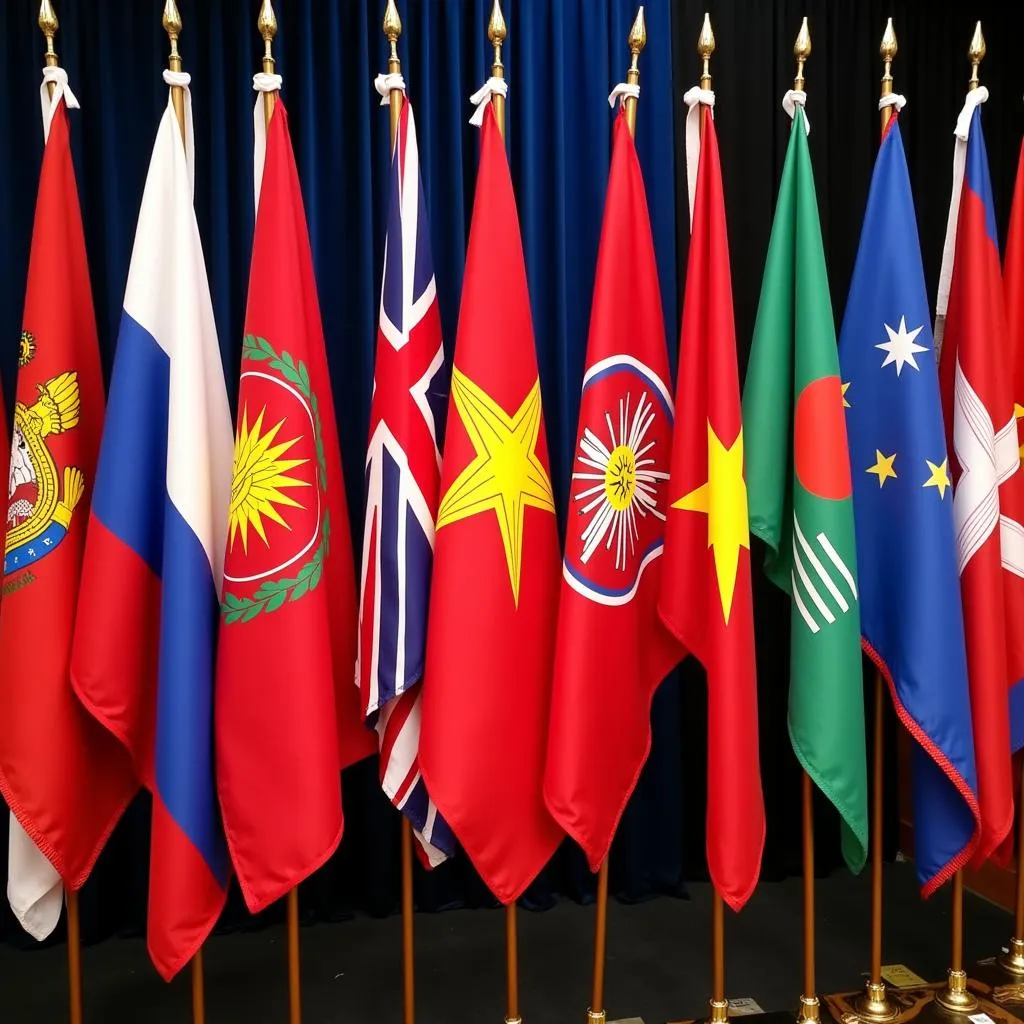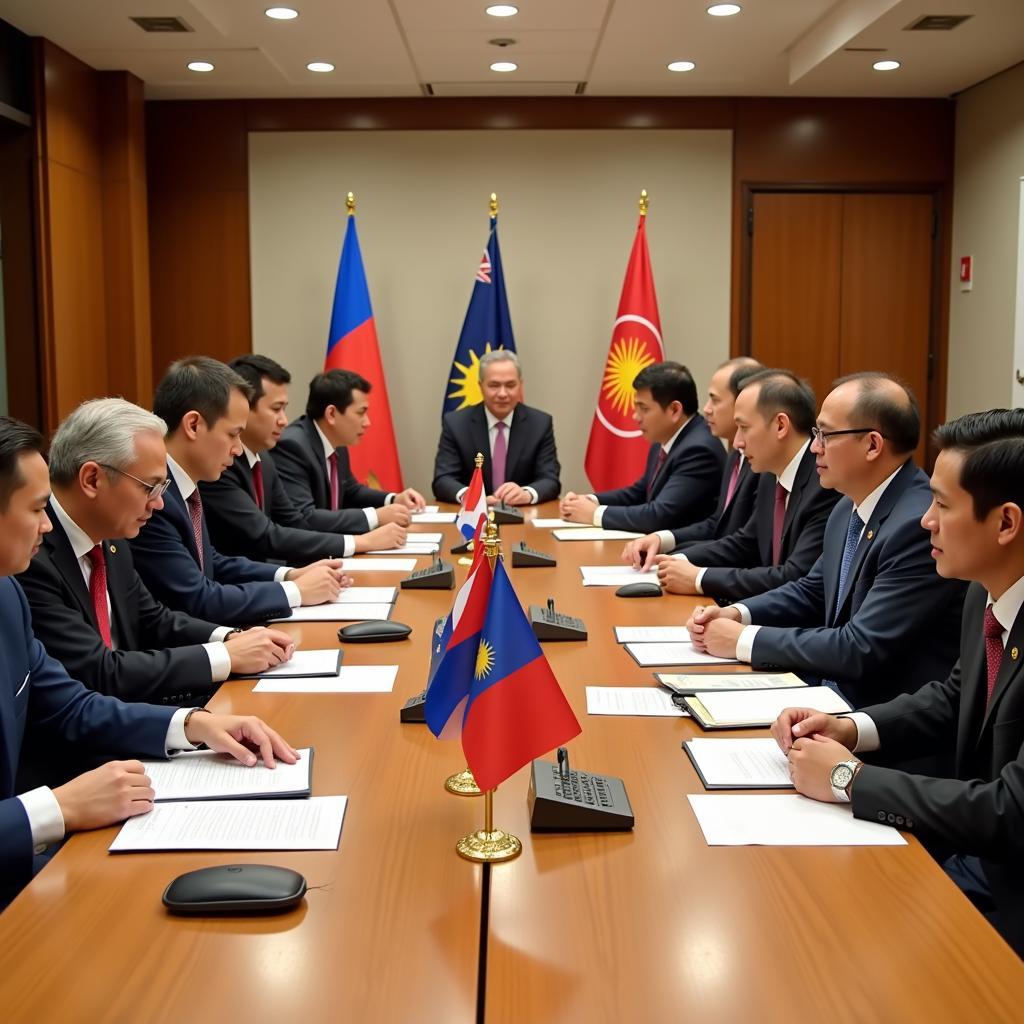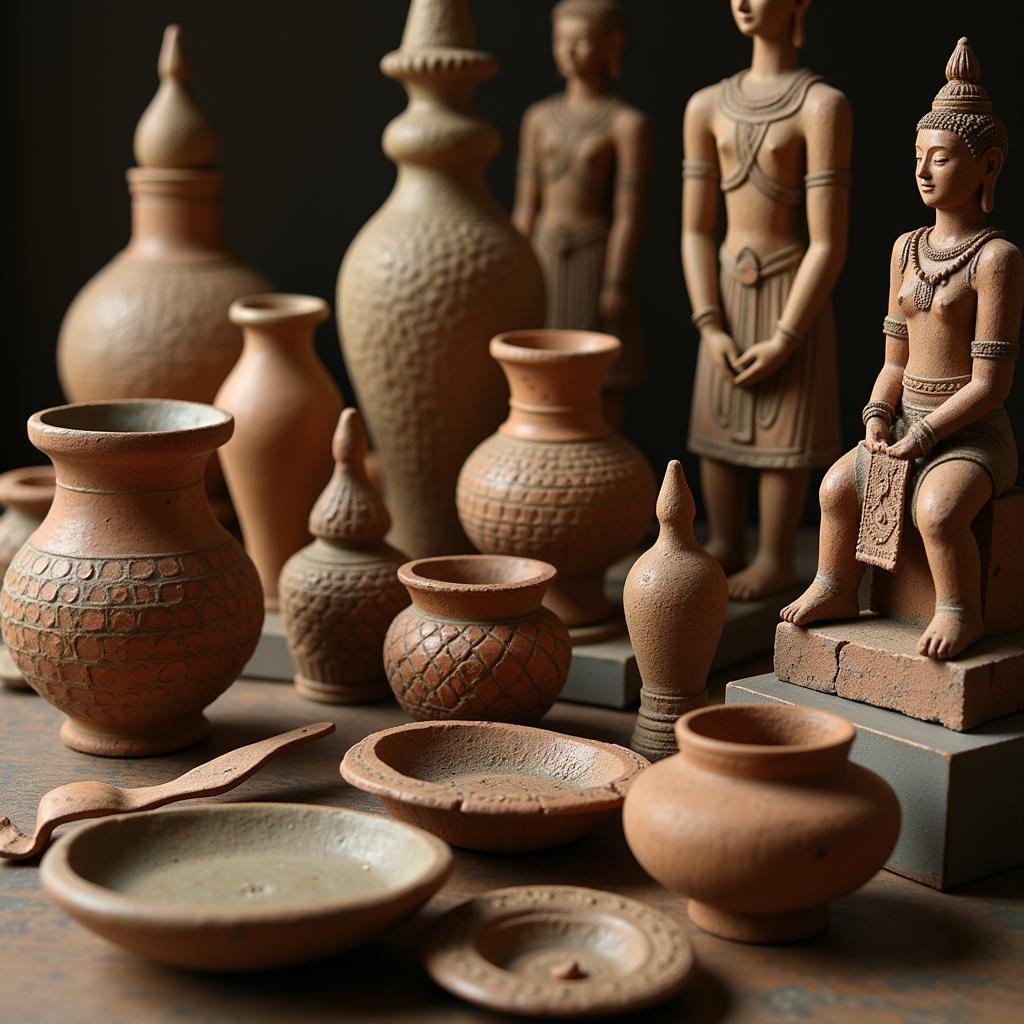Southeast Asia, a vibrant tapestry of cultures, histories, and landscapes, is home to the Association of Southeast Asian Nations (ASEAN), a political and economic union of 10 diverse countries. Each nation, while bound by the shared pursuit of regional peace and prosperity, possesses a unique identity reflected in its national flag. These 10 Asean Countries Flag, each a symbol laden with meaning, tell the story of their past, aspirations for the future, and the spirit of unity that binds them together.
Unveiling the Stories Behind the Emblems: Exploring the symbolism of 10 ASEAN countries flag
 10 ASEAN countries flags and their meanings
10 ASEAN countries flags and their meanings
The flags of ASEAN countries are not merely colorful banners; they are visual representations of each nation’s history, values, and aspirations. Deciphering the symbolism embedded within these flags provides a glimpse into the soul of each country.
Brunei’s flag, with its yellow field, a color traditionally associated with royalty in Southeast Asia, speaks of the country’s Sultanate. The black and white diagonal stripes represent the country’s chief ministers, signifying their importance in supporting the throne.
Cambodia’s flag prominently features the iconic Angkor Wat, a testament to the country’s rich Khmer history and the grandeur of its ancient civilization. The blue and red bands symbolize the King and the nation, respectively.
Indonesia’s simple yet powerful flag, with its two horizontal stripes of red and white, carries deep historical roots. Red symbolizes courage and the blood spilled in the fight for independence, while white represents purity and the people’s spiritual aspirations.
Laos’s flag stands out with its unique depiction of a three-headed elephant, representing the legendary elephant that carried the Lao ancestors. The white disc on the elephant’s back symbolizes the unity of the Lao people under a single moon.
Malaysia’s flag, known as the “Stripes of Glory,” features 14 alternating red and white stripes, representing the 13 member states and the federal government’s unity. The crescent and 14-pointed star symbolize Islam, the country’s official religion.
Myanmar’s flag underwent a transformation in 2010, adopting a design with yellow, green, and red horizontal stripes, representing solidarity, peace and tranquility, and courage and decisiveness, respectively. The central white star symbolizes the country’s unified spirit.
The Philippines’ flag, with its unique color-changing feature, reflects the nation’s history of struggle and resilience. The blue stripe symbolizes peace, truth, and justice, while the red stripe stands for patriotism and valor. The sun represents unity, freedom, and the country’s eight provinces that revolted against Spanish rule.
Singapore’s flag, with its crescent moon and five stars, symbolizes a young nation on the rise. The red background represents universal brotherhood and equality, while white stands for purity and virtue.
Thailand’s flag, known as the “Tricolor,” features five horizontal bands of red, white, and blue, representing the nation, religion, and the monarchy, respectively. The central blue band is wider, signifying the importance of the monarchy as the heart of the nation.
Vietnam’s flag, with its bold red background and large yellow star, is a potent symbol of the country’s communist history and revolutionary struggle. The red symbolizes the bloodshed during the fight for independence, while the yellow star represents the Vietnamese people’s unity and the victory of the revolution.
Beyond the Colors: The Significance of ASEAN Flags
 ASEAN flags displayed together
ASEAN flags displayed together
The 10 ASEAN countries flag, while distinct in their design and symbolism, collectively represent the shared aspirations of the region. They are a testament to the rich history, cultural diversity, and the spirit of unity that binds Southeast Asia together. These flags serve as a powerful reminder of the region’s resilience, its journey toward progress, and its commitment to a shared future.
FAQs about ASEAN Flags
1. What is the newest ASEAN flag?
Myanmar adopted its current flag in 2010.
2. What are the common colors used in ASEAN flags?
Red, white, blue, and yellow are common colors used in ASEAN flags, each carrying specific cultural and historical significance.
3. Are there any similarities in the symbols used in ASEAN flags?
Several ASEAN flags feature stars, crescents, or stripes, often symbolizing unity, progress, or religious beliefs prevalent in the region.
Explore Further
Want to learn more about ASEAN? Check out these insightful articles:
Need Assistance?
Contact us at Phone Number: 0369020373, Email: aseanmediadirectory@gmail.com or visit us at Thon Ngoc Lien, Hiep Hoa, Bac Giang, Vietnam. We have a 24/7 customer support team ready to assist you.

